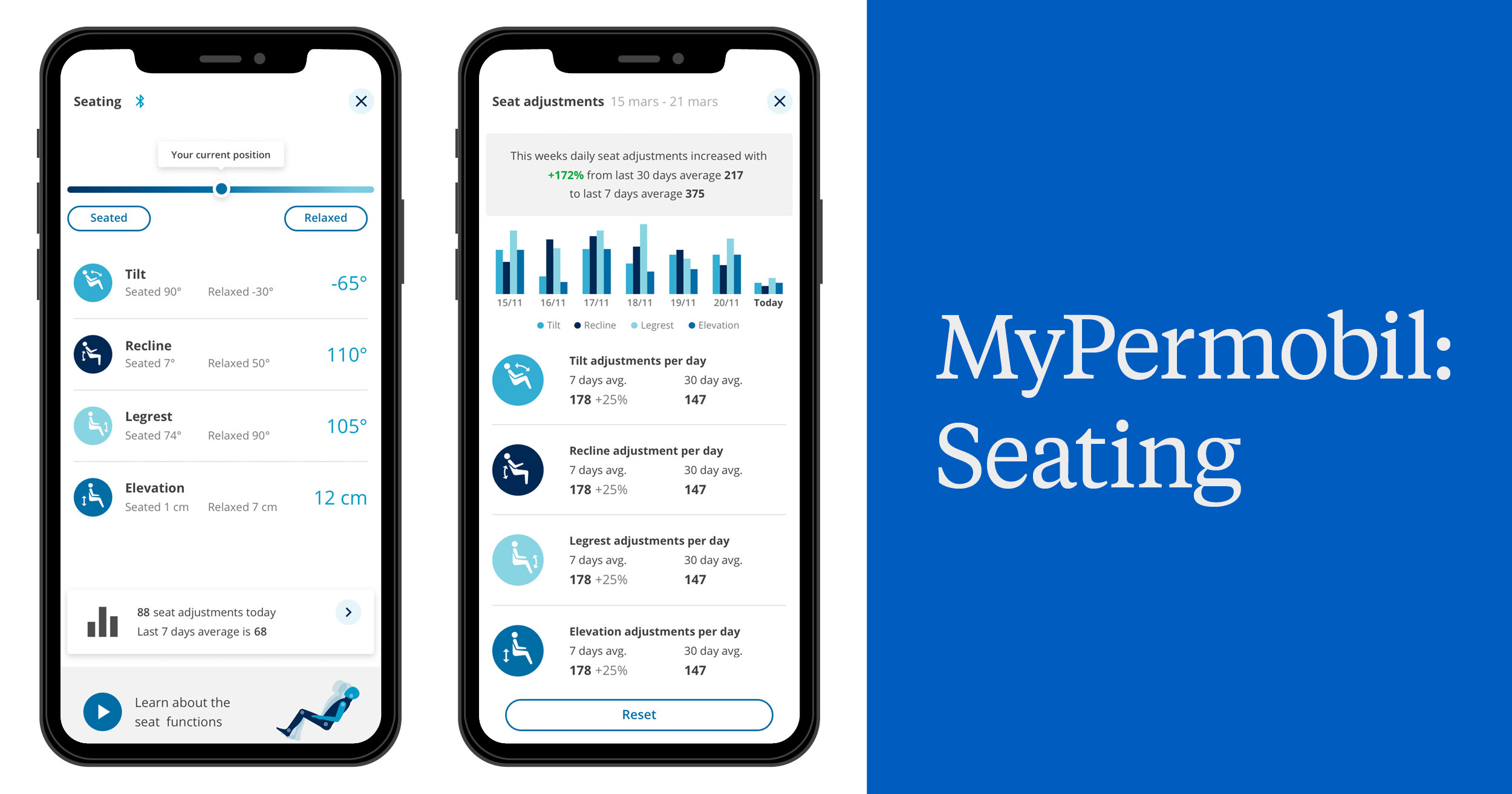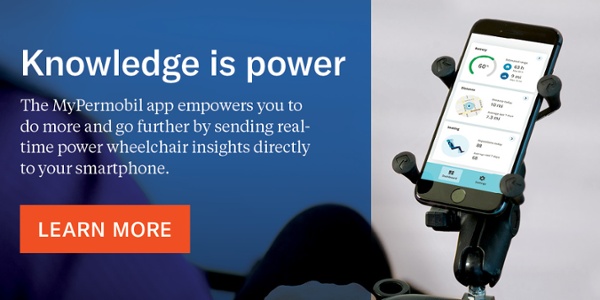This is the 4th blog in our series about MyPermobil and Fleet Management. See part 1, part 2, and part 3.
In this blog, we will continue reviewing the functionality of the MyPermobil app in more detail, focusing on the Seating information found in the app.
For many, life in a wheelchair includes using power seat functions. Changing position by using tilt, recline, and elevating leg rests allows for pressure redistribution which is critical for some individuals for the prevention of skin breakdown. Not to mention the functional benefits of these power seat functions as well as seat elevate, anterior tilt, and standing! The Seating section of MyPermobil was included due to the critical nature that power seat functions play in the life of the individual using a Permobil power wheelchair.
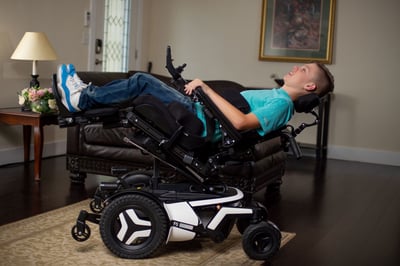
The Seating section of MyPermobil includes live actuator angles when the phone is connected to your wheelchair via Bluetooth, something that occurs during set-up of the app. This gives you real-time feedback about your position in space for each of the following power seat functions: tilt, recline, elevating legrests, and seat elevate.
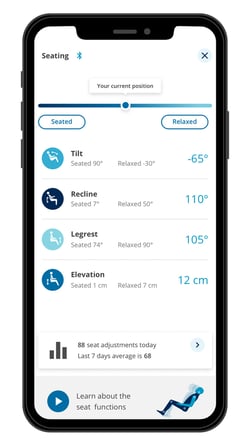
For example, sitting upright will show that you are in 0º of tilt, 45º or even 50º of tilt is displayed when tilted all the way back. This can be helpful for individuals who cannot feel, see, or sense parts of their body. Brenda, who we will meet later in this blog series, explained how she uses the Seating section of MyPermobil. She shared, ”Because of my MS, I can’t sense exactly what position my body is in. Using the MyPermobil app, I’ve learned what angles feel the best for my body. Like in how many degrees of tilt and recline I need to keep my back from aching, and how to move my legs up to manage swelling, and down to clear legs of tables and other obstacles.”
You can also view the number of seating adjustments completed each day, as well as 7-day and 30-day averages. Compare the current 7-day and 30-day averages to the previous period to track changes in your seating activity over time. For purposes of the MyPermobil Seating section, adjustments are counted when there is a change of at least 5º in tilt, recline, or elevating legrest; and a minimum change of at least 1” for seat elevation.
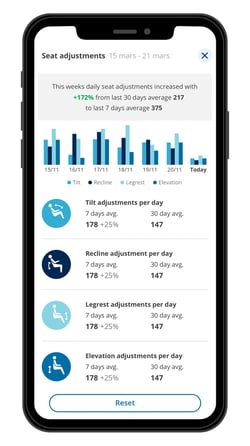
Last, but certainly not least, you can save up to two preferred positions: Position 1 and Position 2. This can be helpful for those wanting a visual cue as to whether they’ve reached a desired position. For example, a position recommended by your therapist for pressure relief or the perfect position for entering your vehicle easily and safely. Pair this saved position functionality with memory seating and a softkey to easily reach a desired position!
The MyPermobil Seating section is another way that Permobil empowers you to make the most out of your power wheelchair experience. Join us next time as we dive into the latest feature of MyPermobil, the MyPermobil Voice Assistant.

Eleni H. Lema, MOT, OTR/L, ATP/SMS
Eleni Halkiotis Lema, MOT, OTR/L, ATP/SMS is a Regional Clinical Education Manager for Permobil supporting the New York City and mid-Atlantic areas, South Florida, and Latin America. Eleni joined Permobil in 2019 and prior to this worked in wheelchair clinics in New York City including Independence Care System and Bellevue Hospital. Eleni has presented professionally in the USA and internationally at conferences such as the International Seating Symposium, European Seating Symposium, and World Federation of OT Congress. Eleni is an ongoing guest lecturer at New York University and was elected to Chair of the RESNA International Special Interest Group (SIG) for the 2020-2022 term.
